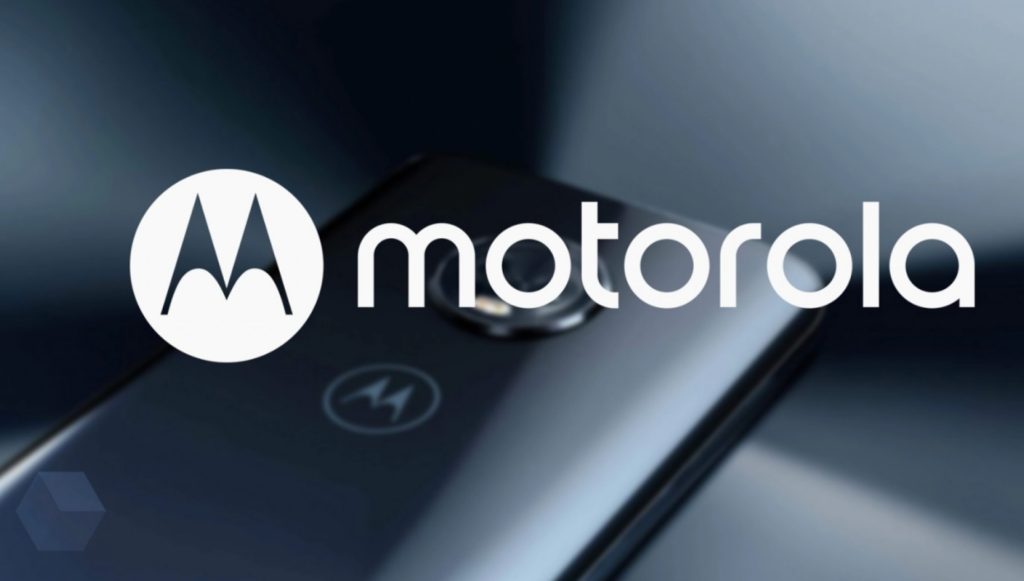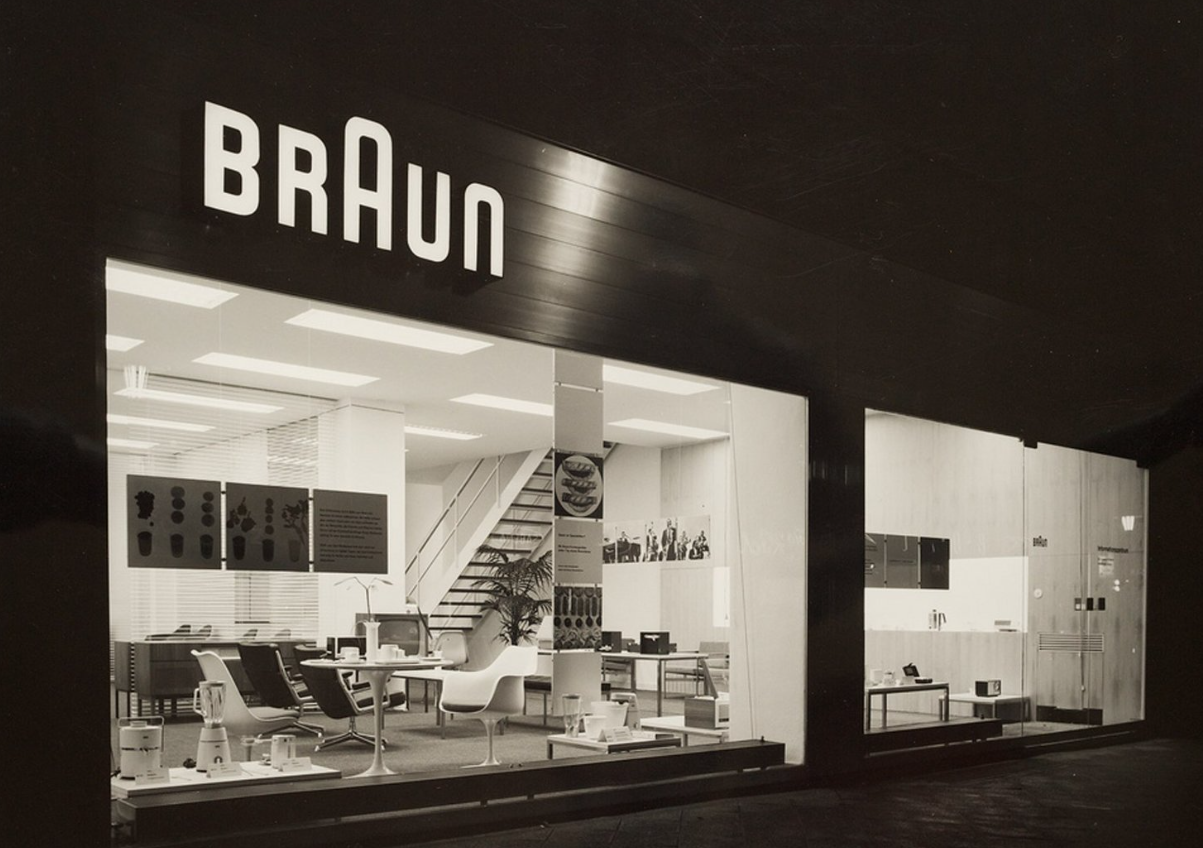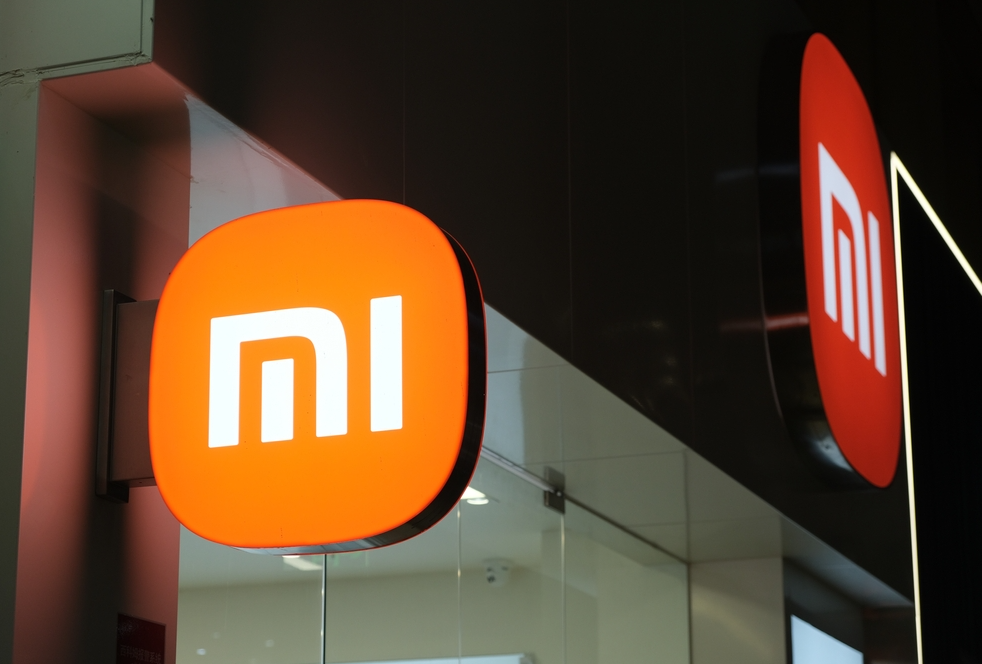Known as one of the pioneers in telecommunications and mobile technology, Motorola has come a long way to earn its place in technology history. Its innovations have impacted the world by making communication easier and better. The Motorola story begins in the distant past, and its achievements continue to impress today.
Founding a Company: First Steps to Success
The history of Motorola dates back to 1928, when American Paul V. Galvin and his brother Joseph founded the Galvin Manufacturing Corporation in Chicago. The company’s initial goal was to manufacture batteries for radio receivers. In an era when radio was just beginning to gain popularity, this direction proved to be quite successful.
In 1930, the company released its first car radio, called the Motorola, a portmanteau of the words “motor” and “radio.” The product quickly gained popularity, and by the mid-1930s, Motorola had become a household name, and the company soon changed its name to Motorola Inc., securing it as a trademark.
Wartime and Innovation
During World War II, Motorola was heavily involved in the development and production of military radio equipment. One of its most significant contributions was the creation of the SCR-536 portable radio transmitter, known as the “walkie-talkie.” This device had a significant impact on military communications and became an important link in ensuring effective communication at the front.
Motorola’s Key Military Achievements:
- SCR-536 – the first portable radio receiver, known as the “walkie-talkie”, which provided two-way communication on the battlefield.
- SCR-300 – a radio, often referred to as a “rucksack radio”, which was the first fully portable radio for field use.
This era marked an important stage in the history of Motorola, as the company proved its ability to develop advanced communication solutions, which strengthened its reputation in the market.
Motorola in the Post-War Years: Formation and Expansion
After the war, Motorola expanded its interests and began to actively develop in the civilian sector. One of its first significant achievements was the production of televisions, which became popular in the post-war years. But its most significant success of this period was its participation in the US space program.
Historical event of 1969: When astronaut Neil Armstrong first set foot on the moon, he uttered the famous words, “One small step for man, one giant leap for mankind.” These words were transmitted to Earth via Motorola radio equipment. This moment became symbolic not only of human history, but also of Motorola’s history as a company at the forefront of technological progress.
The Age of Mobile Phones: The First Cell Phone Appears
The history of Motorola phones begins with an epochal event – the development of the world’s first cell phone. In 1973, company engineer Martin Cooper introduced the Motorola DynaTAC 8000X to the world – the first portable cell phone that changed the concept of communications. This phone weighed about 1.1 kg and had dimensions that seem bulky by today’s standards. Despite this, the device became a real revolution.
Advantages of Motorola DynaTAC 8000X:
- Allowed you to make calls without being tied to a landline.
- The battery life was about 30 minutes, which was a breakthrough for the time.
- Possibility of storing up to 30 phone numbers in memory.
Motorola phones became a symbol of technological breakthrough, and the DynaTAC, which became the first commercially available cell phone, was released in 1983. It was expensive, costing around US$4,000, but that did not stop it from becoming popular among businessmen and influential people.
Development of mobile technologies
Since the 1980s, Motorola has continued to improve its mobile phones and release new models aimed at improving the user experience. Phones became more compact, more convenient, and new features were added. By the end of the 90s, Motorola had become one of the world’s leading mobile phone manufacturers.
The Motorola RAZR V3, released in 2004, was a real hit. This ultra-thin flip phone was received with great enthusiasm due to its stylish design and functionality. Motorola phone history reached a new milestone with this model, which sold more than 130 million units worldwide and left a significant mark on the culture of that time.
Features of Motorola RAZR V3:
- Slim body – the thickness of the phone was only 13.9 mm, which made it ultra-popular.
- Improved display – a color screen was a rarity at that time.
- Quality camera – for its time, a 0.3 MP camera was considered worthy for shooting.
Fall and Revival: How Motorola Coped with the Crisis
Despite its success, Motorola began to face serious difficulties by the end of the 2000s. The emergence of giants such as Apple and Samsung on the market changed the balance of power. Motorola failed to adapt in time to the new format of smartphones with touch screens and the Android OS, which led to a significant drop in its market share.
In 2011, the company was acquired by Google, which was seen as a chance to save and modernize. Thanks to this, Motorola was able to integrate the Android operating system into its devices and regain its position in the market. However, in 2014, Google sold Motorola’s mobile division to Lenovo, retaining the rights to the patents.
Motorola and Lenovo: New Time – New History
Under Lenovo’s leadership, Motorola began to gain popularity again, releasing stylish and functional smartphones aimed at different categories of users. The Moto series models became associated with quality and reliability, offering affordable Android devices that could compete with leading brands.
The Moto G and Moto E series became popular in the budget smartphone segment, and the Moto Z offered innovative solutions using interchangeable modules, such as improved cameras and additional batteries.
Legacy and Influence: What’s Left of Motorola
Motorola has made a huge contribution to the development of technology, and Motorola’s history is filled with moments that have become iconic for the entire telecommunications industry. The company was not only an innovator in the field of radio communications and cellular phones, but also played an important role in the development of space communications and ensuring the safety of military operations.
Today, the Motorola brand lives on, representing a combination of rich heritage and a passion for innovation. Although the company is now owned by Lenovo, its products remain in demand and popular, confirming its reputation as a reliable manufacturer.
The history of Motorola is the history of a company that was not afraid to be first and take risks for the sake of progress. The history of Motorola is full of examples of innovation and reaching technological heights. Today, the name Motorola is associated with quality and a heritage that inspires and continues to serve as a symbol of technological progress.
Motorola has come a long way from producing radios to creating smartphones, and its contribution to the development of communications cannot be overestimated.
Take your next step into the world of Motorola with reBITme and enjoy the benefits. Enjoy your shopping!





